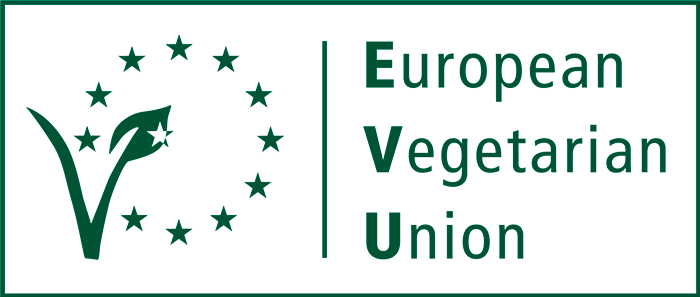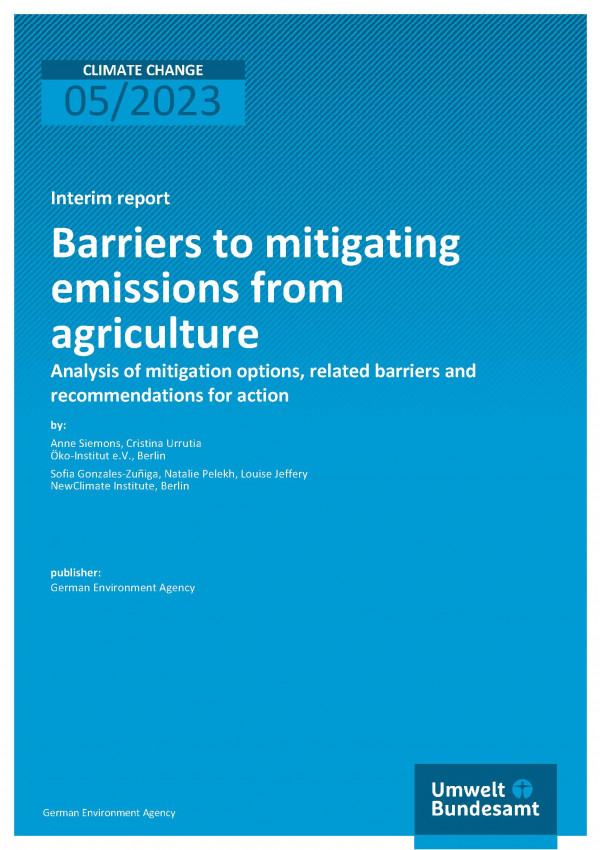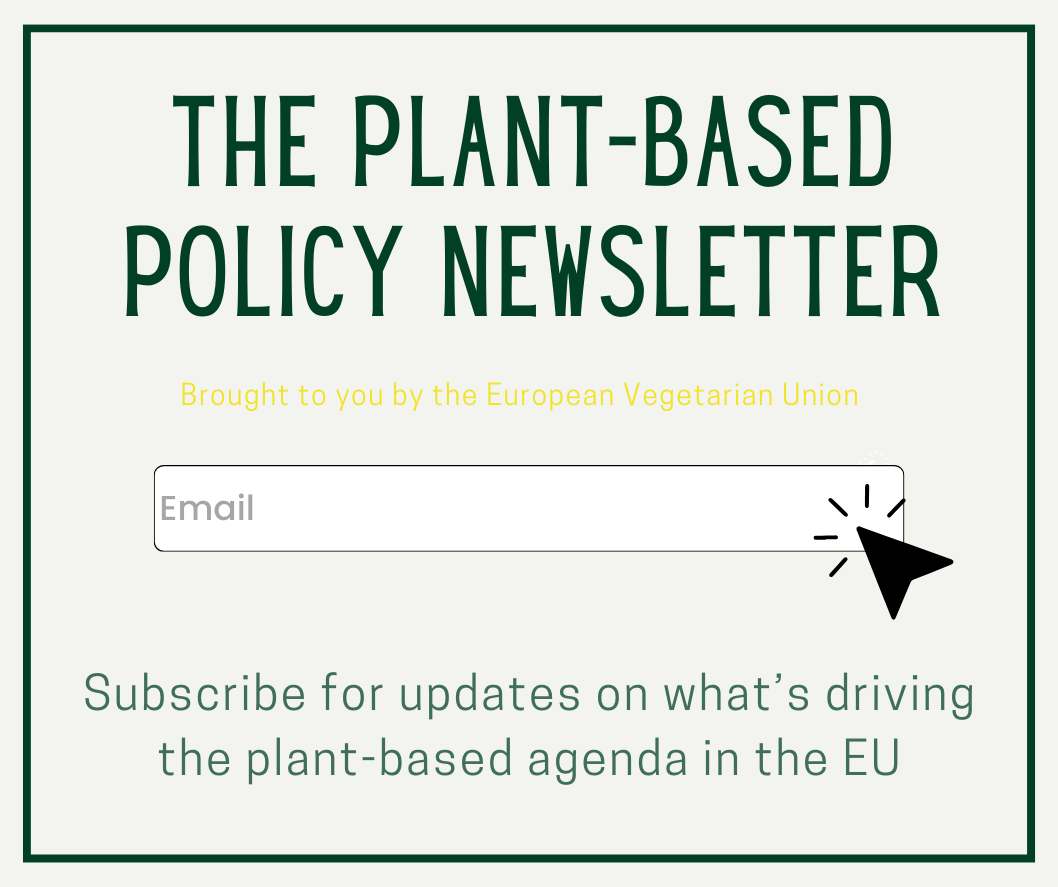The impact of the food system on global greenhouse gas emission (GHG) and on climate change has now been established. According to the Intergovernmental Panel on Climate Change (IPCC), a fifth to a third (21-37%) of global GHG emissions are caused by the food system, of which 9-14% are “from crop and livestock activities within the farm gate”. Not only is livestock production an important source of greenhouse gases, but it is also an important driver of biodiversity loss and pressure on water resources.
This statement has been reasserted by a recent publication of the German Environment Agency. Applying a global analytical framework, this report aims to give an overview of the various mitigation options available for an international sustainable food system. It also seeks to identify the different barriers to the adoption of such measures. The mitigation options are divided into two sides of the market, namely the supply side and the demand side. They range from changing the intensity of cultivation to move toward the extensification of crop production to carbon storage measures to reducing food waste and changing dietary habits. The table below is a summary of those options.
| Supply side measures | Demand-side measures |
| 1) Changing the intensity of cultivation to move toward the extensification of crop production (ex : agroforestry, increasing fallow land, combined crop-livestock systems, developing organic agriculture, etc). | 1) Reducing food waste and losses |
| 2) Improved management of nitrogen fertilisers. | 2) Changing dietary habits |
| 3) Improved management of livestock manure | 3) Reducing deforestation to create arable land and grassland |
| 4) Reduce emissions from livestock | |
| 5) Carbon storage in agricultural systems | |
| 6) Reducing of greenhouse gas emissions from rice cultivation | |
| 7) Burning practices |
One major element of this report is the need to reduce global livestock production and consumption by adopting plant-rich diets: “without a shift to diets that are predominantly plant-based and the implementation of further mitigation measures, it will be impossible to meet the goals of the Paris Agreement and to keep the environmental effects of the food system within planetary boundaries”. Several mitigation options therefore include concrete measures related to the reduction of livestock production. For instance, it is evidenced that the reduction of livestock emissions thanks to health monitoring or improved grazing land management can only be achieved if associated with the reduction of animal herds.. On the demand side, it is made clear by the report that excluding animal based products – with beef consumption playing a key role – would help to reduce health issues and climate change costs. This decrease of consumption and thus of the demand of animal products would additionally have a significant effect on deforestation. Indeed, a large part of tropical deforestation – around 60% – is driven by the expansion of agricultural land for crops, pastures and plantations, of which more than half is associated with cattle and oilseed production. The decline of the demand for these products would therefore restrain the pressure on tropical ecosystems, and as a result reduce our global GHG emissions. Moreover, the report stresses the role of diet changes on food security. With between 702 and 828 million people affected by hunger in 2021 – a number that has grown after the covid-19 pandemic and the war in Ukraine – food security is an urgent topic at the moment. However, a significant part of the crops (40%) is used to feed animals and not humans. As the authors therefore point out, dedicating these crops to food by adopting a plant-rich diet would allow to produce enough food for the world’s population, estimated to reach 9.7 billion by 2050.
Such measures are not easy to implement since they face a number of barriers, coming from the farm, national, international and individual level and emanating from a wide variety of actors. The report identified six types of barriers: economic, policy/legal, technical, socio-cultural, institutional and biophysical/environmental. Many of these impede the adoption of measures aiming to reduce the production and consumption of animal products. The lack of awareness of the consequences of the livestock sector on climate change and the lack of institutional support, advice or information available hinders the willingness of farmers to accept such measures. At the national level, economic and food security objectives to increase production and the absence of a well-designed climate policy including a clear vision of sustainable agriculture are barriers to adopting ambitious measures. Moreover, such policies must be implemented at the international level in order to prevent carbon leakage to other countries. Indeed, due to trade and imports ⅔ of the reduced agricultural emissions in the global north would be compensated by emissions increase in the global south. Finally, because of food culture and tradition, it is hard to change peoples’ eating habits, which in the end is linked to their subjective freedom of choice.
Barriers are thus numerous, but not insurmountable, as the report shows. Various reforms can be taken at farm, national, international and consumer level to counteract obstacles. Among them, it stresses the need to implement stricter laws and regulations to guide production to more sustainable alternatives, to reform agricultural subsidies to make them bound to high environmental requirements. At the international level, the study emphasises the role of the World Trade Organisation (WTO) in coordinating states and regulating the global market. At the consumer level, efforts need to be focused on education, knowledge but also on the promotion of meat analogues and food labelling. Besides, in order to allow the whole population to have access to better, healthier and more sustainable food, it is necessary to improve social welfare and to make sustainable food more affordable. In the end, the report stresses the importance of engaging all stakeholders from all levels in order to succeed in the transition to a more sustainable food-system.
The importance of a change of diet, involving a reduction in the consumption of animal-based products and an increase in plant-based foods, is therefore highlighted in this study. The adoption of such a diet is beneficial not only for human health and animal welfare but also for the environment. Additionally, it plays a crucial role in food security. However, those changes cannot take place without the support of strong political and regulatory measures. In Europe, despite strong ambitions to reduce greenhouse gas emissions and to protect and restore biodiversity, the transition remains difficult. Some legislative projects are delayed or even blocked, and others struggle to implement the difficult yet necessary changes.
This is why the work of the European Vegetarian Union, along with other NGOs and stakeholders, to promote and advocate for sustainable food systems remains necessary. Many of the recommendations made in this report, such as the promotion of meat analogues or the provision of plant-based milks in schools, are issues that we are working on, and which in the end will contribute to a sustainable, fair and healthy transition.
1 IPCC (2019): IPCC. Climate change and land. Technical summary, An IPCC special report on climate change, desertification, land degradation, sustainable land management, food security, and greenhouse gas fluxes in terrestrial ecosystems. Shukla, P. R.; Skea, J.; Slade, R.; van Diemen, R.; Haughey, E.; Malley, J. et al. (ed.).
2 German Environment Agency (2023). Barriers to mitigating emissions from agriculture. Analysis of mitigation options, related barriers and recommendations for actions, op. cit., p. 9.
3 Pendrill, F.; Persson, U. M.; Godar, J.; Kastner, T.; Moran, D.; Schmidt, S.; Wood, R. (2019): Agricultural and forestry trade drives large share of tropical deforestation emissions. In: Global Environmental Change 56.
4 FAO, IFAD, UNICEF, WFP, WHO. The State of Food Security and Nutrition in the World 2020. Repurposing food and agricultural policies to make healthy diets more affordable. Rome, Italy. (2022).
5 Key, N.;Tallard, G. (2012): Mitigating methane emissions from livestock: a global analysis of sectoral policies. In: Climatic Change (Climatic Change) 112 (2), pp. 387–414.


